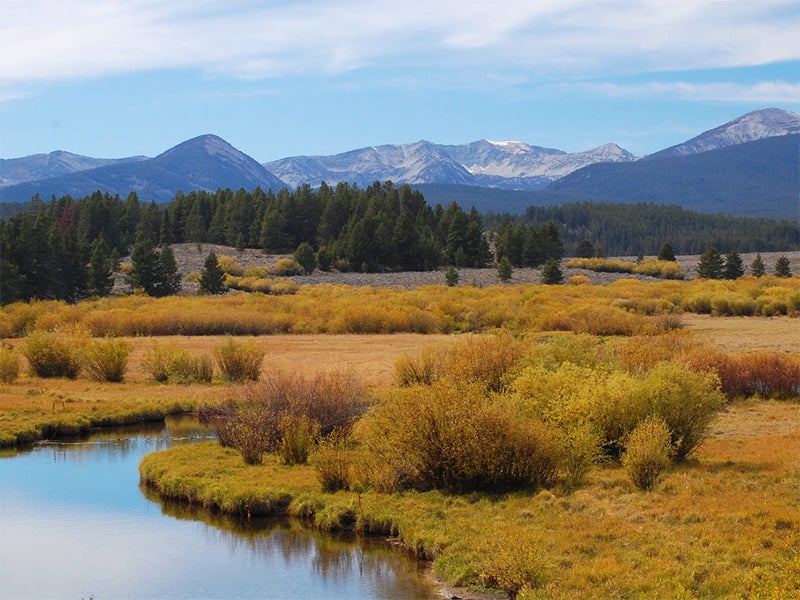Protecting Montana’s Largest National Forest, Beaverhead-Deerlodge
The case—with implications for other national forests across the country—would decide whether this national forest can continue to hold onto some of our nation’s most spectacular public wilderness-quality areas and roadless habitat, where wildlife can thrive and visitors can enjoy hiking, hunting, fishing and horseback riding absent the noise and disturbance of motorized vehicles.
Clients
Regional Office / Program
Case Overview
Earthjustice represented the Greater Yellowstone Coalition and the Montana Wilderness Association in a case regarding the U.S. Forest Service’s plan to protect pristine areas of Montana’s largest national forest, the Beaverhead-Deerlodge National Forest, from off-road vehicles. The groups were defending the Forest Service’s plan to restrict use of dirt bikes, four-wheelers, and snowmobiles across 322,000 acres of lands recommended for wilderness protection under a 2009 revision to the Beaverhead-Deerlodge forest plan.
At 3.35 million acres, the Beaverhead-Deerlodge encompasses more roadless lands—1.8 million acres—than any Montana national forest. The revised forest plan allocated a small minority (18%) of those roadless lands to recommended wilderness. Those lands remain accessible by traditional foot and pack stock. Recommended wilderness lands include sensitive alpine areas of the East Pioneers, Lima Peaks, Snowcrest Range and Italian Peaks.
In the same plan, the agency determined most forest areas will remain accessible by motor vehicles, including 6,600 miles of roads and trails open to dirt bikes and off-road vehicles and 2 million acres open to snowmobiles. In all, the Forest Service’s revised plan allowed motorized-vehicle use across 55 percent of the Beaverhead-Deerlodge forest in the summer and 60 percent in the winter.
Nevertheless, a coalition of off-road vehicles groups and sympathetic county commissioners still wanted more, and sued the Forest Service in December 2010 in an effort to overturn the recommended wilderness protections.
In 2013, a federal judge rejected the motorized recreation group’s challenge, holding that the Forest Service had adequately considered impacts of the recommended wilderness designations and finding that the plaintiffs had failed to establish standing to sue on some of their claims.
This case—with implications for other national forests across the country—determines whether we can continue to hold onto some of our nation’s most spectacular public wilderness-quality areas and roadless habitat, where wildlife can thrive and visitors can enjoy hiking, hunting, fishing and horseback riding absent the noise and disturbance of motorized vehicles. Escalating numbers of dirt bikers, four-wheelers, and snowmobilers riding more powerful machines are eroding the landscape, disturbing wildlife, disrupting other recreation activities, and spreading the noise and pollution of motorized travel into once-pristine backcountry areas.

Case Updates
Case page created on July 23, 2013.